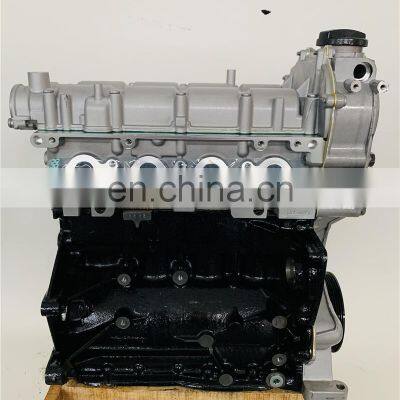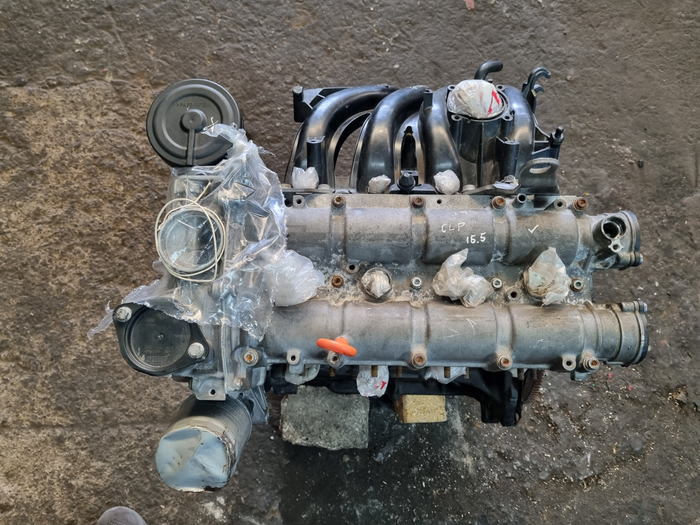Prevent operational issues with a well-tuned clp engine.
Prevent operational issues with a well-tuned clp engine.
Blog Article
How a Clp Engine Can Boost Performance in Different Industries
The introduction of CLP engines notes a considerable change in operational performance across numerous markets, driven by their ability to enhance fuel intake and lessen downtime. Industries such as production and logistics stand to acquire substantially from their robust layout and consistent power output, which assure to streamline procedures and boost efficiency. As companies increasingly prioritize sustainability along with efficiency, the role of CLP engines comes to be even a lot more critical. What stays to be seen is just how these advancements will form the future landscape of commercial procedures and their influence on wider financial fads (clp engine).
Review of CLP Engines
CLP engines, or Continual Fluid Propellant engines, stand for a considerable improvement in propulsion innovation, especially for space applications. These engines make use of a continual feed system that enables the sustained expulsion of propellant, bring about boosted effectiveness and performance contrasted to standard solid or hybrid propulsion systems. By maintaining a consistent flow of fluid propellant, CLP engines can accomplish more specific thrust control, which is essential for maneuvering spacecraft in numerous mission circumstances.
The style of CLP engines incorporates innovative materials and innovative gas management systems. clp engine. This causes decreased weight and increased dependability, important aspects for long-duration area goals. The continuous procedure reduces the threat of combustion instability, a typical challenge in traditional rocket engines.

Benefits in Manufacturing
The manufacturing of Constant Fluid Propellant (CLP) engines offers numerous remarkable benefits that boost both efficiency and cost-effectiveness. One of the key advantages is the structured manufacturing process, which decreases the complexity connected with traditional propulsion systems. By utilizing fluid propellant, makers can attain better accuracy in engine performance, leading to optimized power outcome and decreased waste.
Additionally, CLP engines promote a greater level of modularity, allowing for easier assimilation into various production lines. This versatility can substantially lower preparations and improve overall functional versatility. Using CLP modern technology likewise tends to decrease the requirement for comprehensive upkeep because of less moving components, which equates into lowered downtime and operational prices.

Applications in Logistics
Leveraging Continuous Liquid Propellant (CLP) engines in logistics provides significant advantages in operational efficiency and reliability. These engines supply a robust service for different transportation needs, enabling the seamless movement of items throughout substantial ranges. The integral layout of CLP engines permits regular power outcome, which equates into smoother and more predictable transport timetables.
Among the crucial applications of CLP engines in logistics is in durable freight transport, where they can drive both ground and airborne automobiles. Their capability to preserve high performance under differing tons problems ensures that delivery timelines are met, thereby boosting client fulfillment. Additionally, CLP engines can be incorporated right into automated logistics systems, assisting in real-time tracking and maximizing course preparation.
Furthermore, the sturdiness of CLP engines reduces upkeep downtime, enabling logistics companies to optimize their operational capacities. This is especially advantageous in warehousing procedures, where efficiency in handling and delivering goods is essential. As logistics remains to evolve, the assimilation of CLP engines represents a forward-thinking strategy that not just enhances performance however also sustains the industry's growing needs for dependability and rate.
Impact on Power Performance
How do Continuous Fluid Propellant (CLP) engines improve energy performance in transport? CLP engines use a constant flow of liquid fuel, maximizing combustion processes and keeping a stable thrust result. This design reduces power losses related to traditional combustion engines, where gas distribution can vary and result in inadequacies.
The continuous operation of CLP engines enables an extra reliable thermal cycle, leading to greater specific impulse compared to traditional engines. clp engine. This converts to reduced fuel consumption for the exact same amount of job done, dramatically lowering functional prices throughout various transportation industries, including air travel and maritime markets
Additionally, the capacity of CLP engines to keep optimum efficiency under varying load conditions reduces the need for frequent acceleration and deceleration, even more enhancing fuel efficiency. Boosted power performance not just adds to set you back financial savings yet additionally brings about decrease greenhouse gas exhausts, straightening with worldwide sustainability goals.
Future Trends and Innovations
Arising advancements in Continuous Fluid Propellant (CLP) engine modern technology assurance to change the landscape of transport effectiveness and sustainability. As markets pivot toward greener alternatives, CLP engines stand at hop over to these guys the forefront, incorporating cutting-edge materials and layout techniques that boost efficiency while reducing environmental influence.
Among the most you could try these out promising patterns is the adoption of crossbreed systems that incorporate CLP engines with renewable resource resources. This synergy can optimize gas usage and decrease exhausts, aligning with global sustainability objectives. Developments in computational liquid dynamics (CFD) are facilitating the style of more aerodynamically effective engines, leading to decreased drag and boosted fuel performance.
Additionally, the growth of wise surveillance systems is readied to boost operational performances. These systems take advantage of data analytics and IoT innovation to optimize engine efficiency in real-time, guaranteeing that the engines operate within their most effective parameters.
As study remains to discover different propellant formulas-- such as biofuels and synthetic fuels-- the future of CLP engines looks encouraging. By using these technologies, industries can not only boost their efficiency however additionally contribute considerably to a cleaner, a lot more lasting future in transportation.
Final Thought
In final thought, CLP engines represent a considerable improvement in effectiveness across several markets. The integration of advanced find materials and fewer moving parts decreases upkeep needs, while placement with sustainability objectives settings CLP engines as an essential innovation for the future.
Report this page